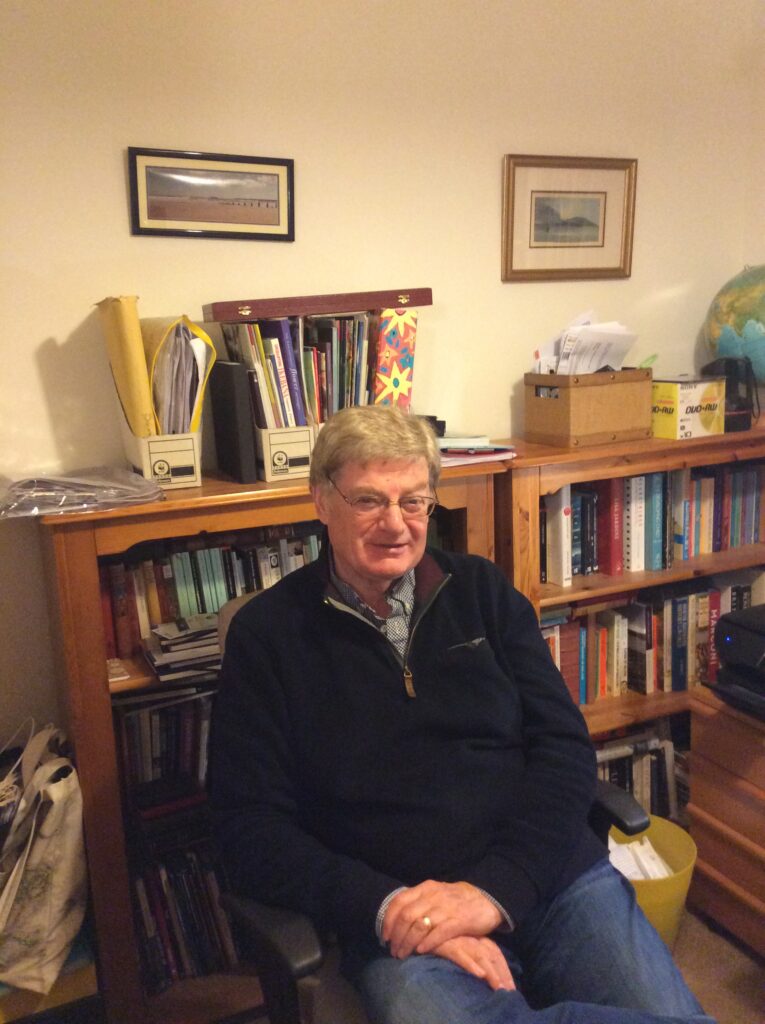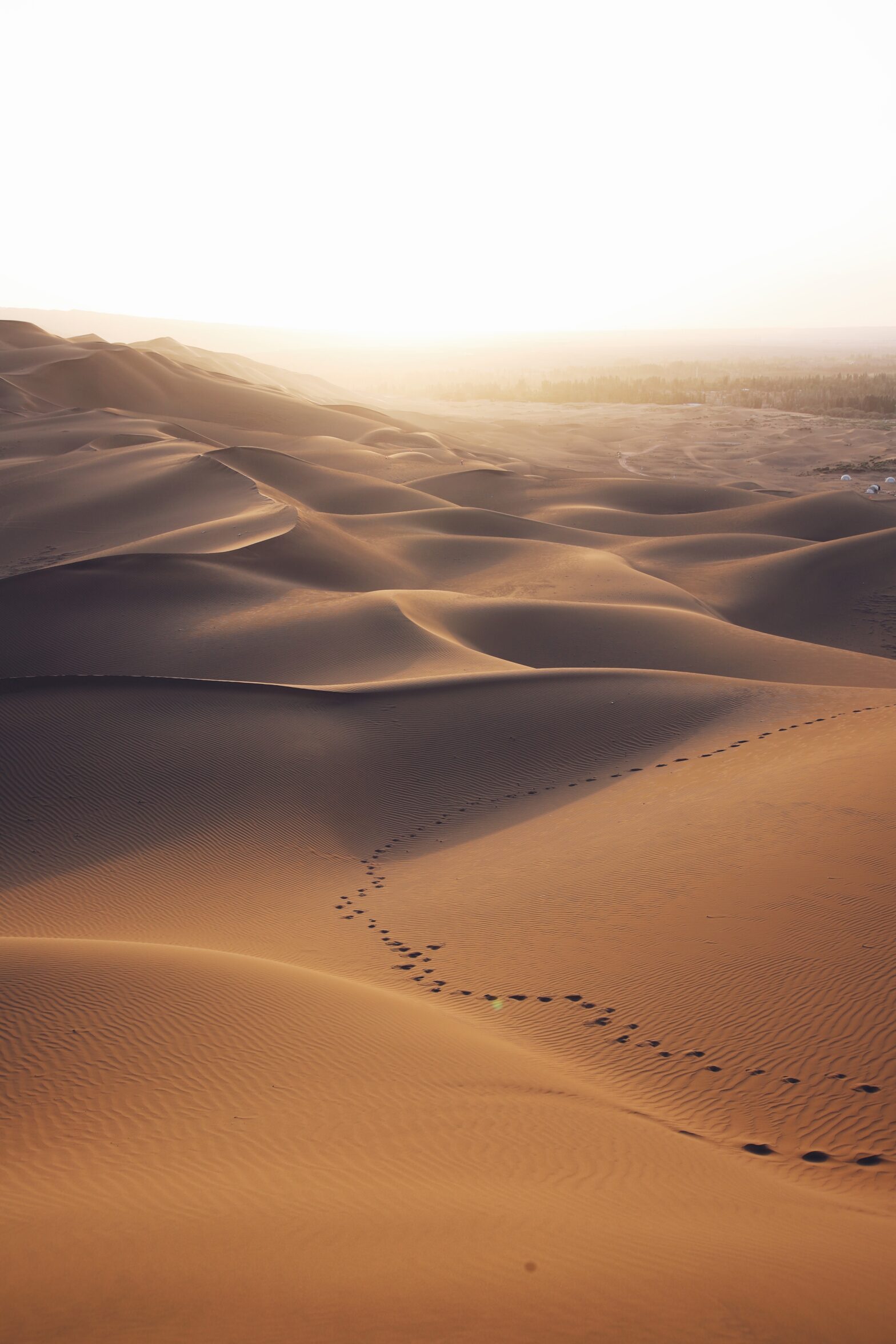21 July 2022
Footsteps in the Sand
By Paul Branch

In the momentous Conservative drama playing out before our eyes, one that will usher in a whole new way of thinking and frame our future for at least a couple of months, much is being said about the burning issues arising from the current financial mess, and the possibility of tax cuts to mitigate enforced poverty. And of course why it was all someone else’s fault. The Tory Party at War is not a pretty sight, and the scant attention being paid to the greatest problem facing the planet is perhaps a sign of things to come. Whoever lands the job will have to deal with climate change exacerbated by the fallout from the Ukraine crisis, but help is at hand, in no small part from our friends in Finland.
There are major developments in the offing in areas of food and energy which will hopefully help us all overcome some of our present issues. Top of the list is how we can change our dining preferences by moving away from traditional farming towards a menu including lab-grown meat or ground-up insects. Such a cataclysmic change in our habits would, allegedly, significantly reduce carbon emissions and water usage, as well as freeing up land for nature’s benefit, giving an estimated 80% improvement in harmful pressures on the planet. This would also provide a more complete range of essential nutrients than a purely vegetarian or vegan diet. Scientists at the University of Helsinki have looked at a range of novel nutritious foods including minced flies and crickets, egg white derived from lab-grown chicken cells, kelp, protein powders made from mushrooms or microbes, edible algae and cell-grown meat, milk and berries. These don’t sound too delicious and would probably need disguising to help us make such a drastic switch. Alternatively we could put the onus on future generations by not feeding them with the meat, dairy and wheat products we feast on today but instead start serving them from birth with the good “green” stuff, on the premise that what you’ve never tasted you won’t miss. Harsh, but perhaps necessary.
Lab-grown meat is undergoing experimentation in Israel as a means of drastically reducing harmful methane emissions. Cells from a cow (or potentially any other animal) are treated with amino acids and carbohydrates to stimulate growth, such that muscle tissue forms and edible meat is produced. In this way the life-cycle of animals raised for meat consumption is completely bypassed – birth, life and slaughter … now there’s a thought. However, it’s not a great look – the meat is grown in brewery-type tanks, a far cry from a pungent farmyard. An even more futuristic application of the process is to feed astronauts on their way to distant destinations, or inhabitants of Martian outposts where there will obviously be a shortage of fresh hamburger ingredients. Experiments in the USA involving Elon Musk’s Space-X programme have demonstrated that producing cell-grown meat is possible in a space environment, but the poor efficiency of the process still can’t compete with ferrying steak up to the Space Station or even to Mars.
With the momentous reduction of fossil fuels from Russia, there needs to be an accelerated development of alternative energy sources to generate clean electricity to power our homes, offices and industries with a ramping up in the provision of solar panels and wind turbines. How to store that energy though, cheaply and efficiently, for those rainy days when the sun doesn’t shine or the wind doesn’t blow, has been a stumbling block. Currently lithium batteries are seen as a prime solution, but these are large, expensive and of limited storage capacity. Back in Finland, researchers have developed and manufactured something completely different – the world’s first fully working sand battery which stores green power for months at a time. As Finland gets most of its gas and much of its electricity across the longest border in the EU with Russia (or rather it used to, before deciding to join NATO), the war in Ukraine has sharpened the incentives to find innovative alternative energy supplies.
In the town of Kankaanpaa in the corner of a small power plant, young Finnish engineers have developed a new technology to offset heat and light shortages during the approaching long, cold winter months. Inside a grey silo lies a pile of builder’s sand being heated by low-cost green electricity to 500C in a resistive process akin to what makes an electric fire work. The hot air generated in the silo gets circulated in the sand by a heat exchanger and can then be drawn off when needed to supplement their wind and solar power supplies. Sand is a very effective medium for storing heat and can retain temperatures of 500C for several months. So when energy prices are high or fuel is in short supply, the sand battery discharges the hot air from within, which can be used to heat water for the district heating system to use for local homes and offices. Storing green energy in sand as heat also presents an opportunity for industries to dispense with the burning of fossil fuels used in the processing of food, drink, textiles and pharmaceuticals. Those accustomed to burning their feet on Mediterranean beaches will be painfully aware of sand’s thermal characteristics, which is why locals wear wooden beach clogs instead of plastic flip-flops, but that’s another story.
A big challenge arises in trying to scale up the technology, and in getting it to produce electricity as well as heat. Efficiency falls off alarmingly when the sand is used just to top up the electricity grid, however experimenters in the US have a way. Again electricity from surplus solar or wind power is used to heat sand, but this is silica sand where the particles are fed through resistive heating elements which warm them up to a toasty 1200C. The heated particles then get fed through to concrete silos for thermal energy storage, giving over 25,000 MWh of energy which, with modular design, could be scaled up or down to suit the requirement. When energy needs to be drawn off to meet high consumer demand, the heated particles are gravity-fed through a heat exchanger to heat and pressurize a working gas which drives turbo machinery and spins generators that create energy for the grid. Once discharged, the spent, cold particles are fed back into the insulated silos for storage until they are needed again.
On an economics basis (and this will appeal to our Prime Ministerial candidates), silica sand is abundant in nature, stable and inexpensive, having a limited ecological impact in extraction and in disposal at end of life. The cost of storage is very cheap but the facilities required are large. Inert sand is also intrinsically safe so it seems an ideal solution to long-term mass storage applications. Lithium-ion batteries on the other hand have a huge storage density essential for applications such as transportation where size and weight matter, but they come at a high cost and need careful disposal. But as usual it’s horses for courses and not one size fits all. Which brings us right back again to those itching to lead us into the great unknown of the future, and whether they have the guts and the gumption to risk their careers by balancing the need for solutions to the burning issues of climate change with vote-catching tax cuts.
Tile photo: Raychan on Unsplash


